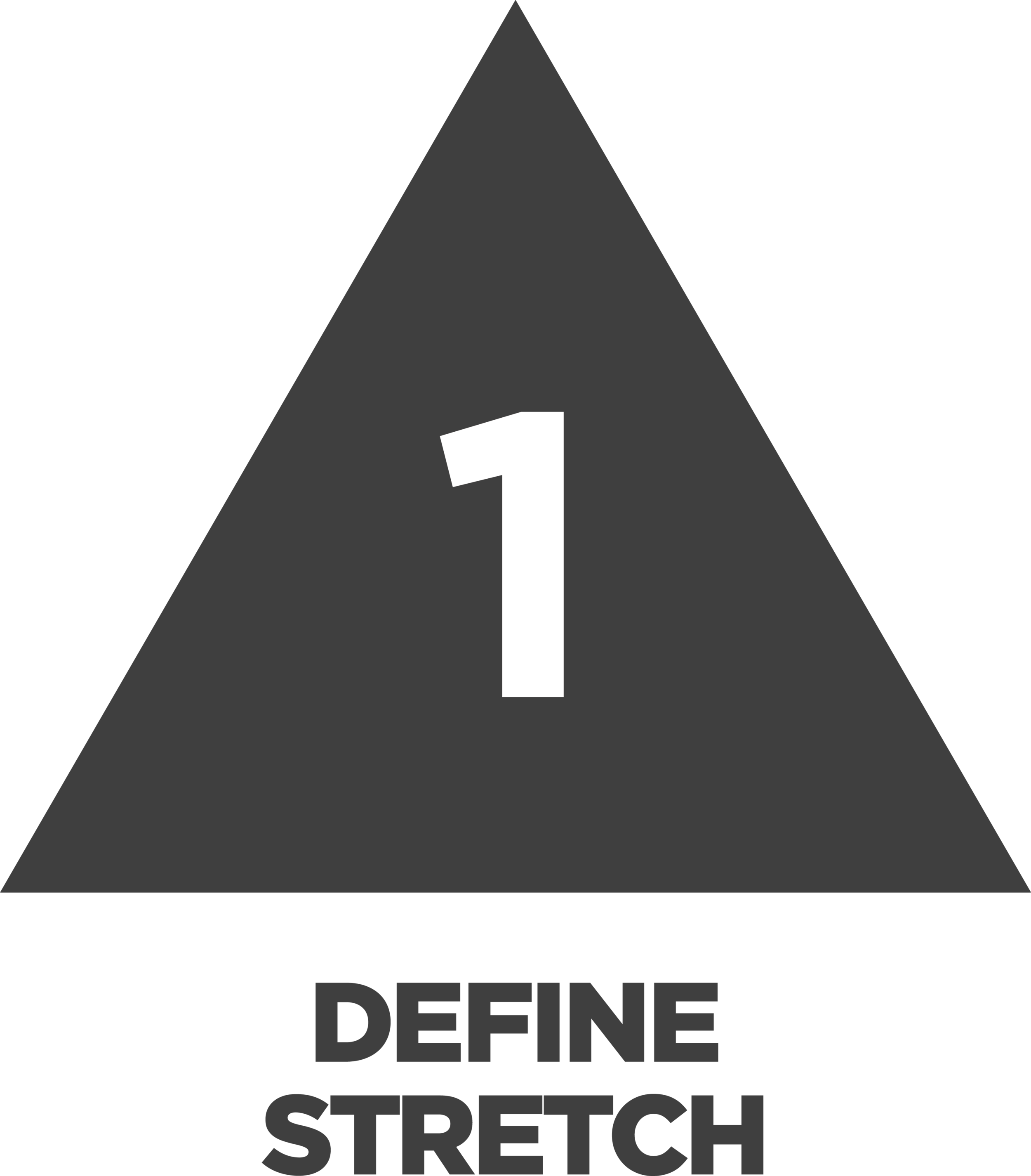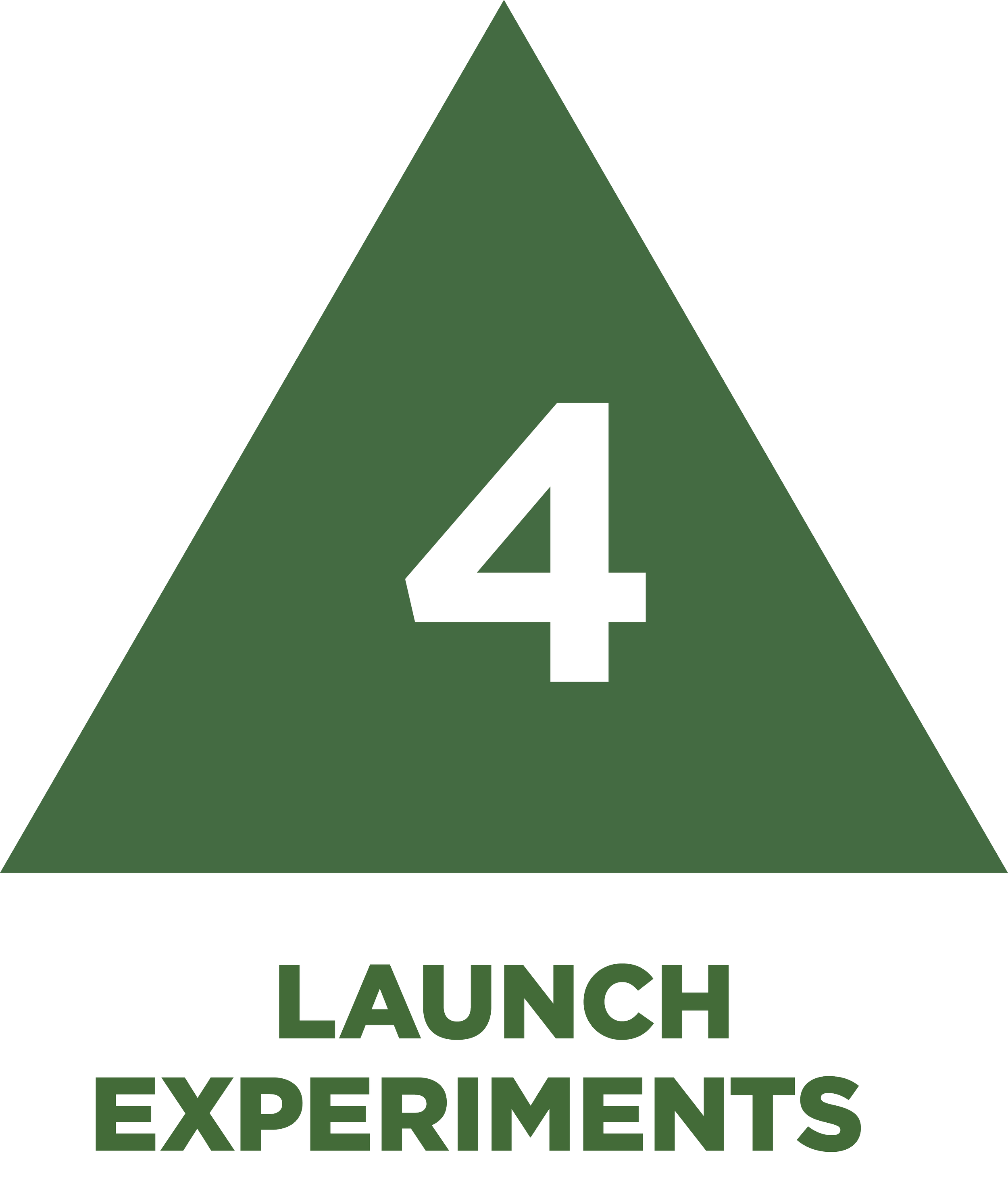
How the Journey works
The MINDSHIFT Journey of transformation helps our clients achieve performance breakthroughs that stick. This is because the changes they make are anchored deep within their minds. Leaders learn to disrupt the default neural networks that have been driving their old performance patterns or habits. They “upgrade” to a new set of leadership habits—those habits that are required to achieve their desired performance.
Through this process, Leaders experience their own neuroplasticity as they “upgrade” the neural circuitry that drives their performance. This is similar to how one “upgrades software” on a computer. But unlike your computer, a “leadership upgrade” takes 6-9-12 months, rather than minutes.
As the diagram illustrates, there are 5 phases to changing the inner game.
We start by consulting with you to arrive at a goal for your desired performance that deeply matters. Like having your own personal business strategist, we grasp the context in which you operate, gather feedback on key dimensions of performance, and understand the greater impact you aspire to have. Upon completion of this phase, you have the confidence that the changes you are working on represent a real game-changer.
As with formulating any strategy, some clients arrive with relative clarity, while others take advantage of our services to assess performance and gather stakeholder feedback. This can include…
Review of Business Strategy and Key Initiatives
Feedback from key stakeholders via interviews or online survey
Psychometrics and Online Leadership Assessments
Leaders wishing to transform their organizations must begin with the recognition that the first step is to begin transforming themselves—starting with their mindsets.
Our clients experience the gold standard for transforming their mindset, proven out with the rigour and research of Harvard Professors Bob Kegan and Lisa Lahey.
“[Kegan and Lahey] have cracked the code of how to overcome resistance to change. In a brilliant tour de force, they demonstrate how people can further grow and develop.”
- Manfred Kets De Vries, Chaired Professor of Leadership
Development and Director, Global Leadership Centre, INSEAD
To go higher, you must go deeper. This phase is about building the emotional intelligence required to deepen your understanding of the ways you limit your impact in daily life, all while working with the people and on the issues that matter most. You’ll grow your leadership presence, making the connection between your performance-limiting habits, your old mindset, and the impact you aspire to have.
Through a combination of action, reflection and coaching, you design and run a series of “leadership experiments” to disrupt the old habits and install the new – showing up as that “better version” of yourself. You build the mental muscle to Stop-Challenge-Choose* in your leadership moments of truth. Simply put, you “Stop” the behaviors that limit performance, CHALLENGE the old mindset, which opens the space to experiment and CHOOSE to show up and lead in greater alignment with where you want to go and who you want to be.
*Popularized by Larry and Hersch Wilson in their book,
Play to Win!, Revised Edition: Choosing Growth Over Fear in Work and Life.
The final phase applies the rigor and research to anchor the new habits and consolidate the progress made. The goal here is to continue to heighten your conscious awareness and refine the new mental models to excel individually and collectively. You design a sustainment mechanism to continue these practices beyond the life of the program.
“Mindset change is not about picking up a few pointers here and there. It’s about seeing things in a new way. When people ... change to a growth mindset, they change from a judge-and-be-judged framework to a learn-and-help-learn framework. Their commitment is to growth, and growth takes plenty of time, effort, and mutual support.”
— Carol Dweck, Author, Mindset: The New Psychology of Success (2006)






